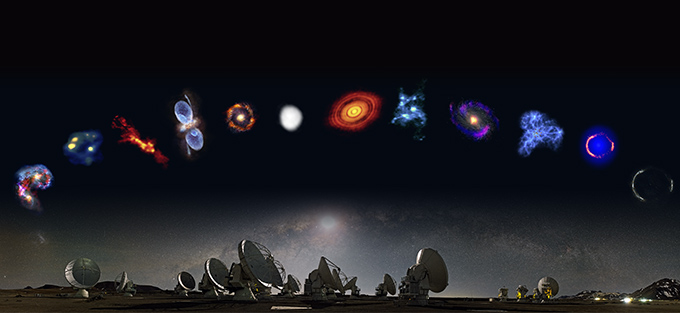ALMA Completes 5 Years of Extraordinary Results
27 September, 2016 / Read time: 3 minutes
On October 3, 2011, ALMA opened its eyes to show us an incredible picture of the Antennas’ galaxies and revealed that which, until that very moment, had been invisible to humanity: the gas cloud incubators of the stars that were found there. This began a process of extraordinary discovery in every field of modern astronomy: from the Sun to the farthest away galaxies, passing by asteroids, the Solar System and protoplanetary systems, as well as revealing the complexity of the Universe’s chemistry.
“Clearly ALMA is today delivering that which many had dreamed of in its conception: magnificent and surprising results, in many cases surpassing all expectations,” said ALMA director Pierre Cox at the press conference held at the Imagen de Chile Foundation in Santiago.
Cox summarized part of the presentations given to the over 200 scientists from all around the world who gathered last week in California, U.S.A. where they held the ‘Half a Decade of ALMA: Cosmic Dawns Transformed’ conference. It was a true scientific feast, where a great number of extraordinary results from every major modern astronomical field were presented.
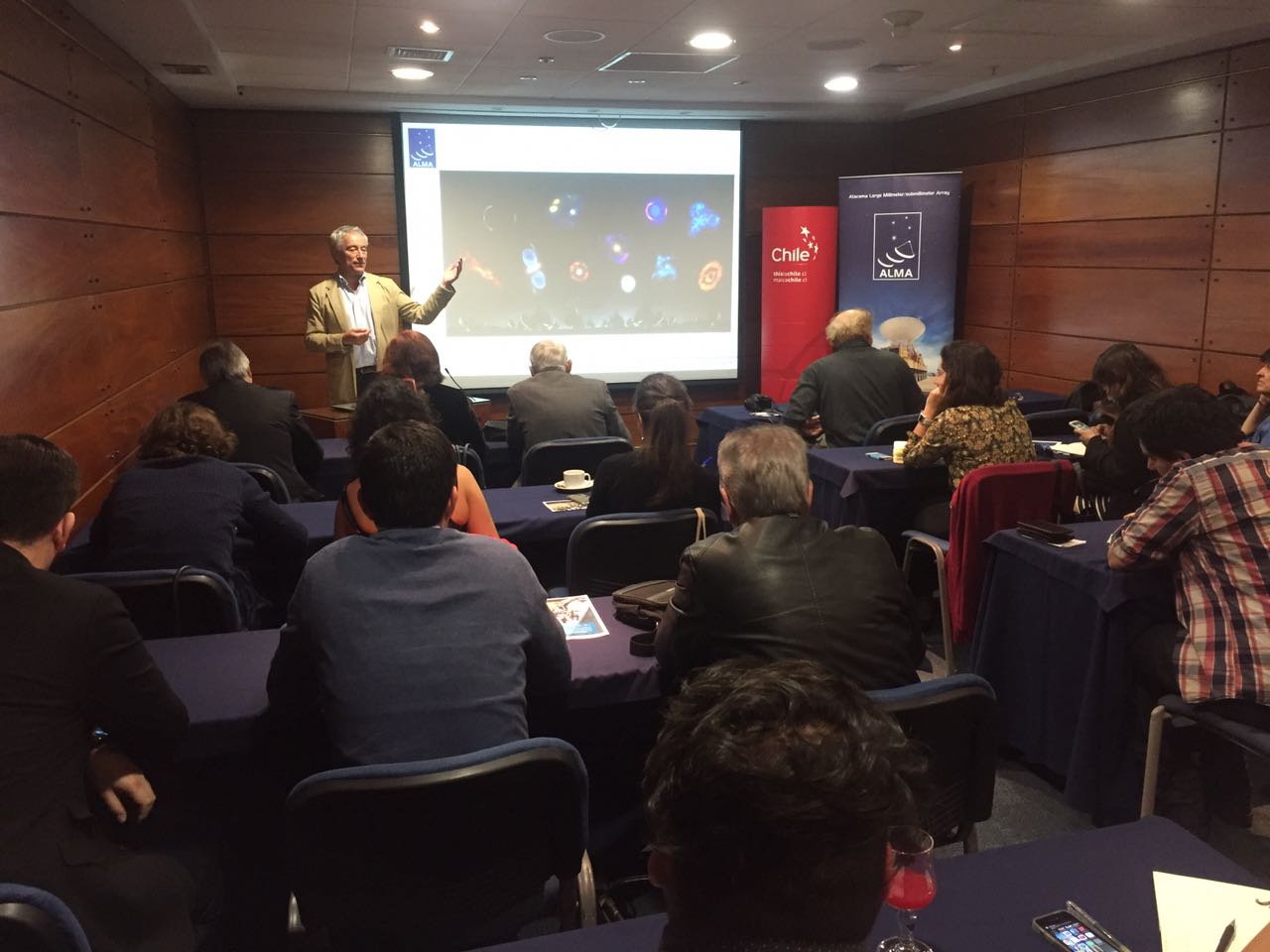
Among others success, in its 5 years of scientific observations, ALMA has been able to:
• Contribute incredible images of protoplanetary disks such as HL Tau, which has transformed the theories that existed up until now about the formation of planets.
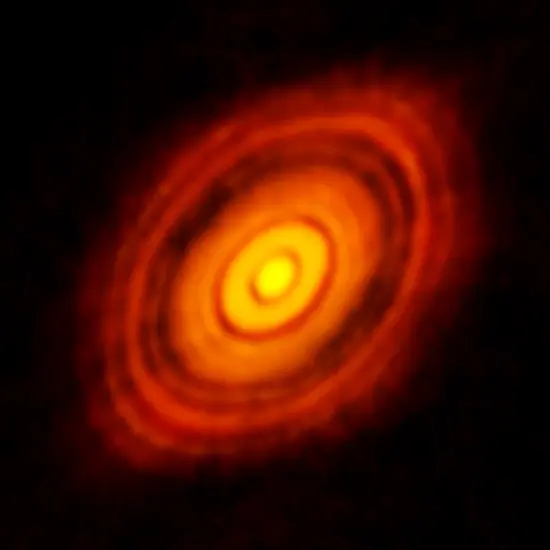
• Find organic molecules that are the basis of the existence of life, such as sugars and alcohols, in almost every corner that it has pointed its antennas, bringing us ever closer to our cosmic origins.
• Obtain spectacular examples of Einstein’s ring, an object that was theorized by the genius it was named for, and has rarely been observed with such luxurious detail.
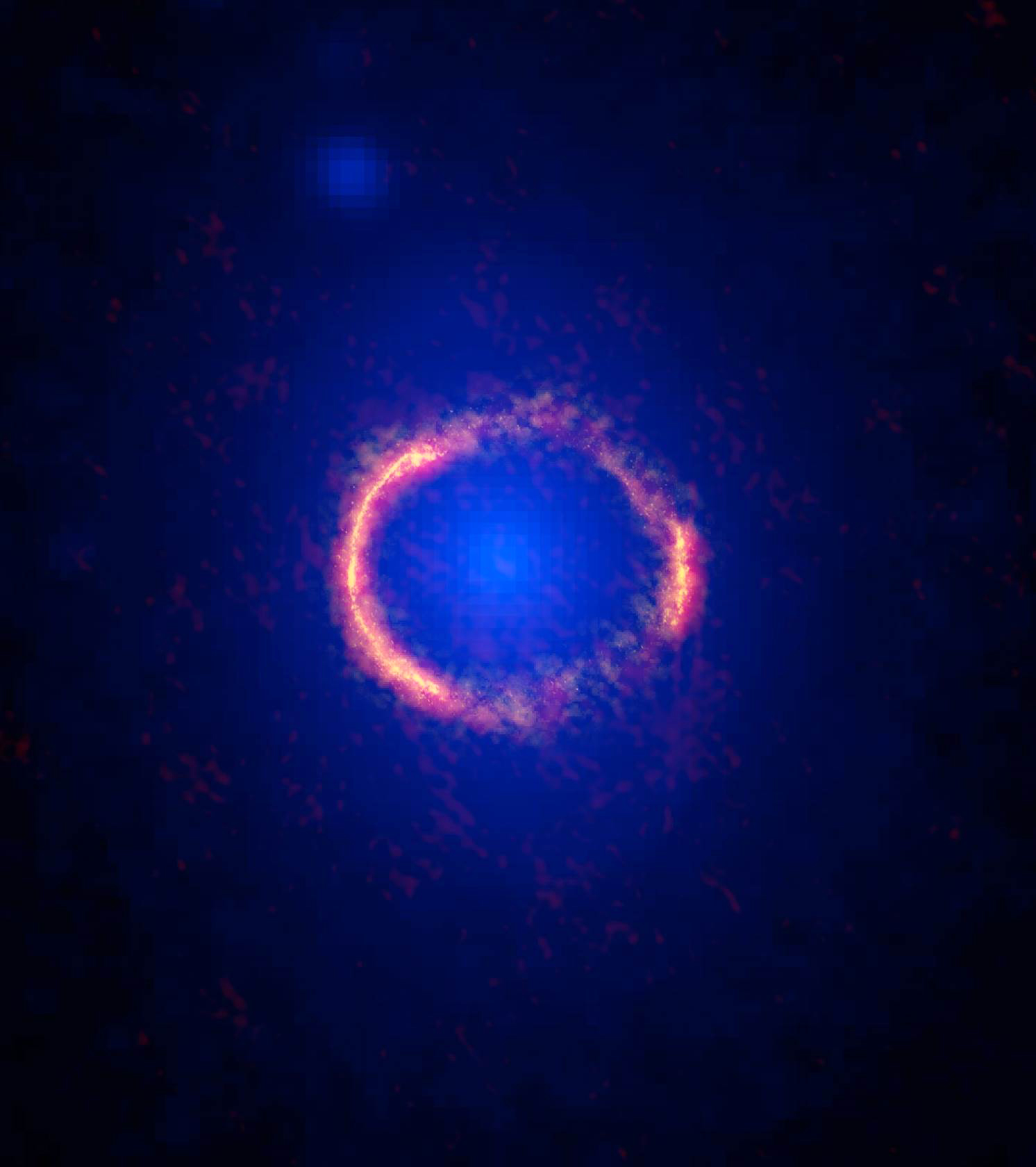
• Cooperate with space exploration, such as occurred with NASA’s New Horizons space probe, to locate faraway Pluto with unheard precision and help the spacecraft reach its target.
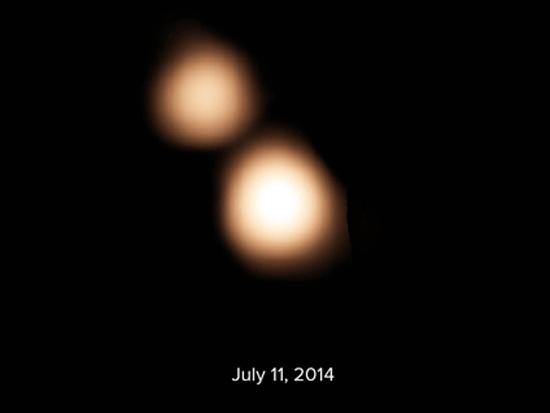
The future of ALMA has only just begun. For the next cycle of observations that begin in October, which will be the most complex and powerful one done so far by ALMA, the new capacities that astronomers will be able to use are generating great expectations. For the first time, the ALMA antennas will be able to:
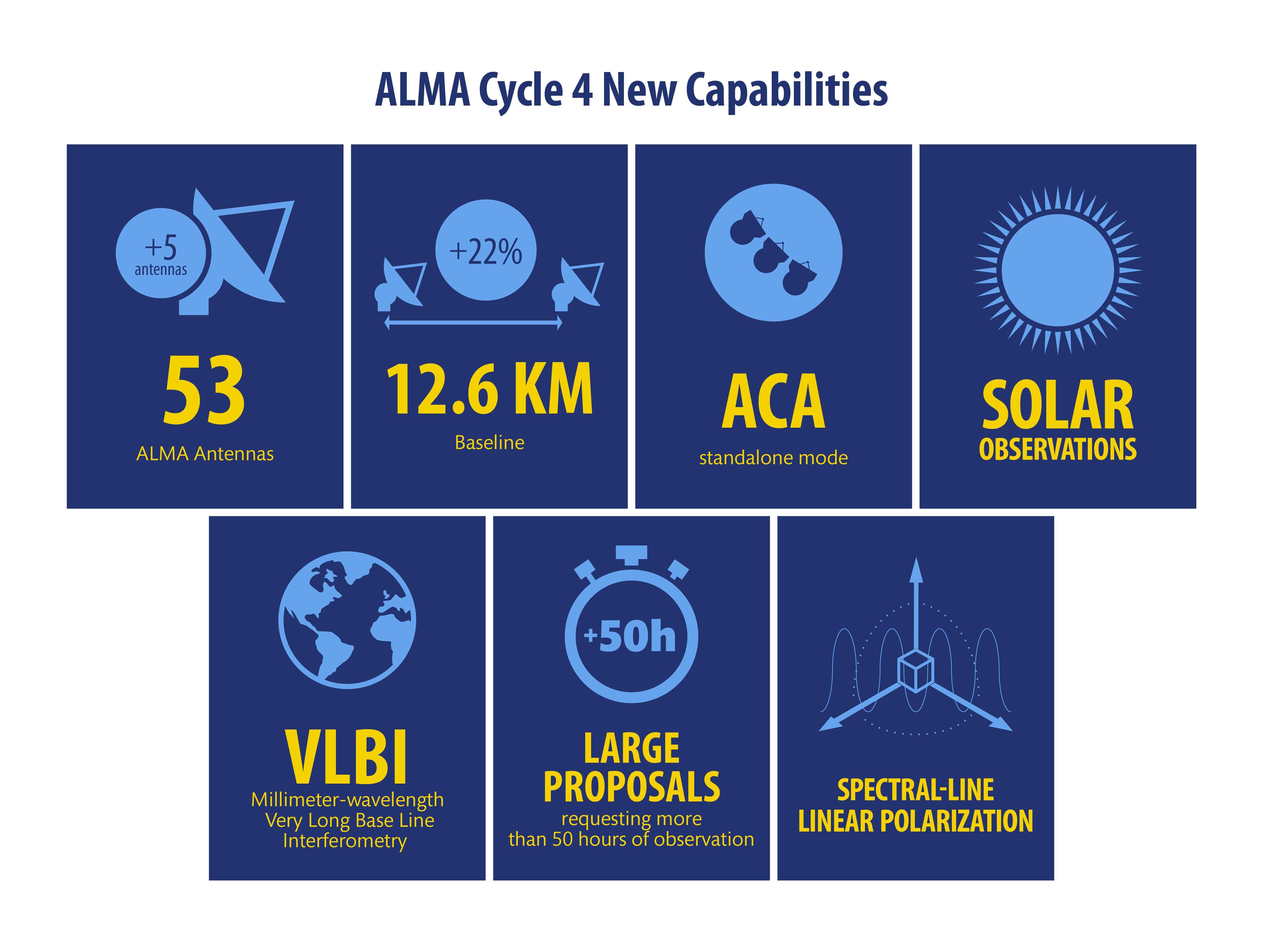
• Make observations within the VLBI framework: an interferometer made up of several radio telescopes around the world that work as if they were only one to study the center of the Milky Way among other projects.
• Make a polarized examination of the sky to study the magnetic field of the different objects studied, among other things.
• Point at the Sun in the search for new images that will allow a better understanding of our star.
• Make observations of great lengths (that require 50 hours or more) for only one study.
“We are just looking at the mere surface of the revolution in human knowledge about the Cosmos that will come at the hand of ALMA,” announced Cox.
Supporting images and videos can be downloaded here (you can find all the credits in a file named creditos.rtf):
../wp-content/uploads/2017/02/alma-5-years.zip
Additional information
ALMA is a partnership of ESO (representing its member states), NSF (USA) and NINS (Japan), together with NRC (Canada), NSC and ASIAA (Taiwan), and KASI (Republic of South Korea), in cooperation with the Republic of Chile. The Joint ALMA Observatory is operated by ESO, AUI/NRAO and NAOJ.
Contacts
-
Nicolás Lira
Education and Public Outreach Coordinator
Joint ALMA Observatory, Santiago - Chile
Phone: +56 2 2467 6519
Cel: +56 9 9445 7726
Email: [email protected]
